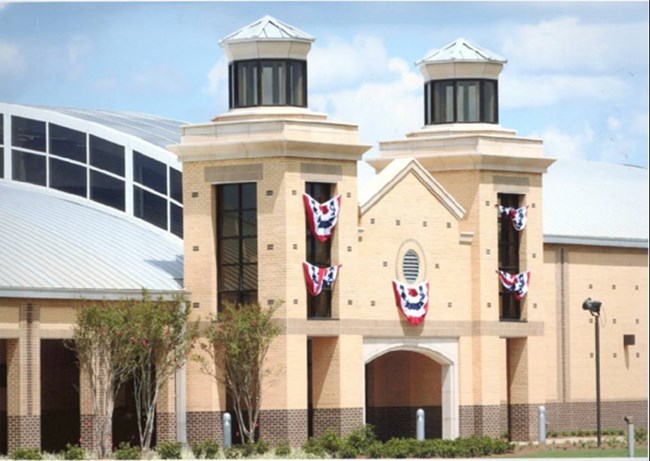
NPS Photo In the South, social status and economic levels were indistinguishable. One condition dictated the other. After the end of the Civil War, millions of formerly enslaved Africans remained in the eleven states of the former confederacy, often on the same plantations on which they had been enslaved. Though state-supported chattel slavery had ceased, a new system arose to replace the South’s insatiable need for cheap labor. Replacing chattel slavery was not easy for white landowners. The appearance of federal laws and the Freedmen’s Bureau assisted in establishing a brief period of economic and political independence for African Americans. But landowners began to use violence and subterfuge to keep those formerly enslaved within a chattel-like environment. The new system which would manifest itself and alter the “new South” for the next century became generically known as “tenant farming” or “sharecropping.” Essentially, African-American farmers did not own land on which they lived nor did they have any decision in the crops selected or the manner in which crops were planted. Such a condition made them vulnerable to the various methods used by former slaveholders to manipulate their lives. The working arrangement generally involved working the land for a share of the crops produced, or “sharecropping.” There were arrangements, mostly among whites, in which land would be rented for a fixed price in money of farm commodities produced during the year. By the 1930s, over half, about 60 percent, of all cotton farms in the South were operated by tenants. After World War II, mechanization transformed the agricultural South and migrations of African Americans had removed much of the tenant labor force from the old plantations. Yet, an oppressive social caste system still dictated the lives of African Americans who remained without any representation or advocacy among the civil authorities. These conditions became the foundation for a pursuit of freedom, both economic and social among African Americans in the black belt counties of After the Voting Rights Act was signed on But laws cannot end bigotry. In that same month, Jonathan Daniels, an Episcopal seminarian helping desegregation efforts in |
Last updated: August 10, 2018
